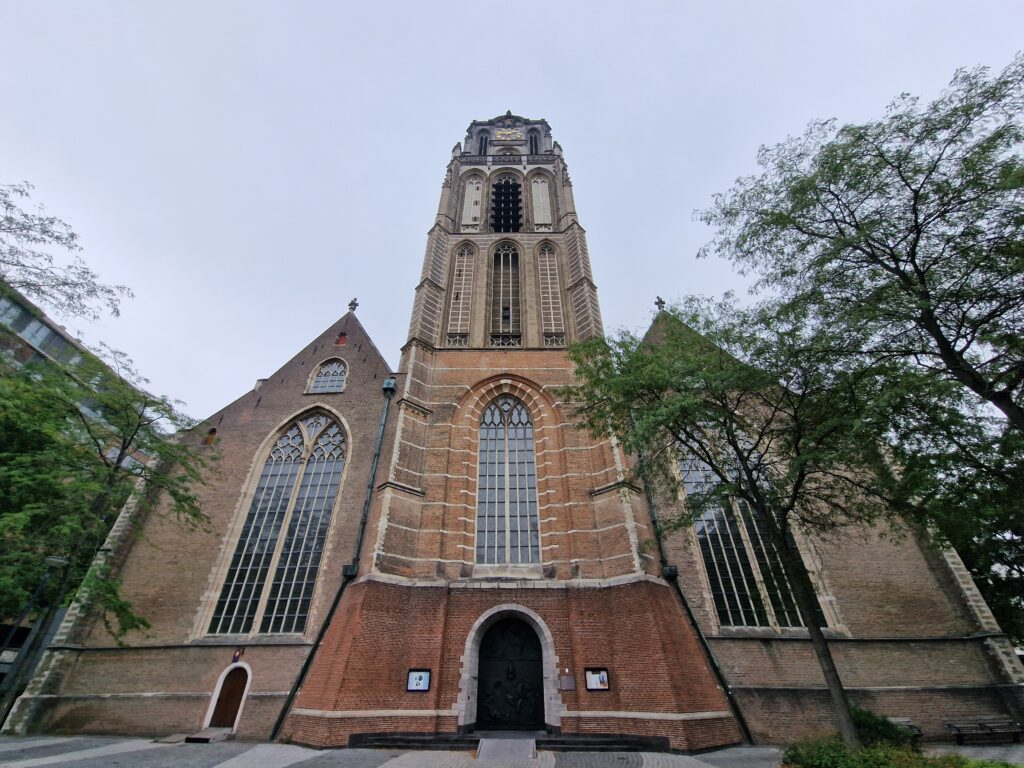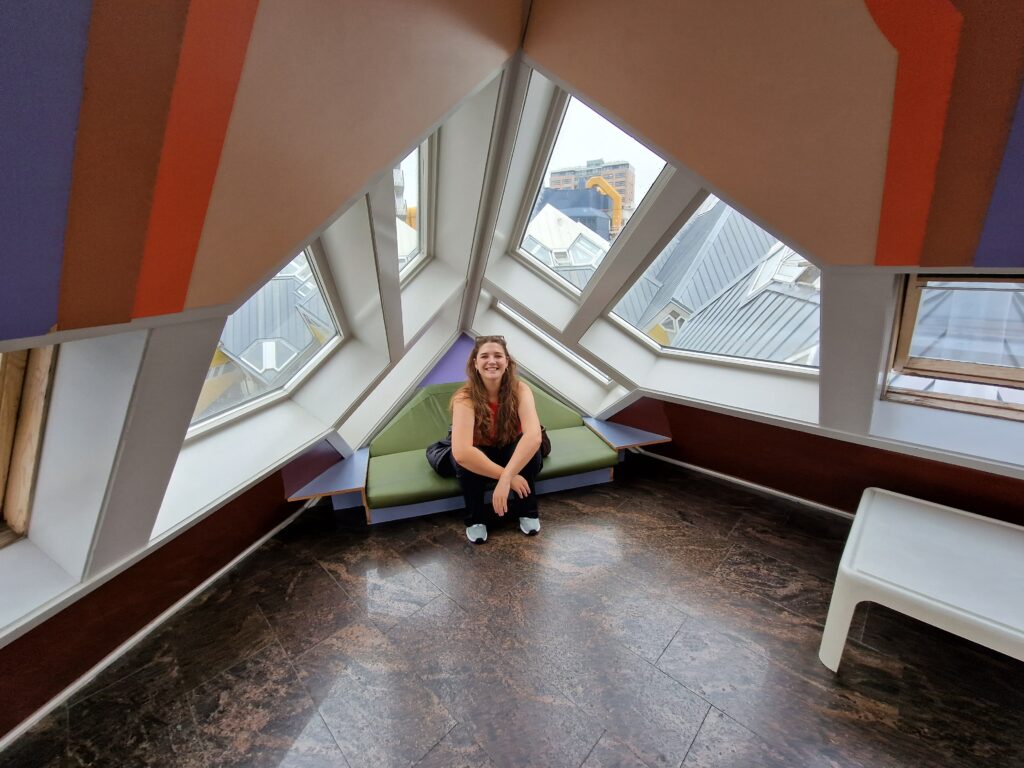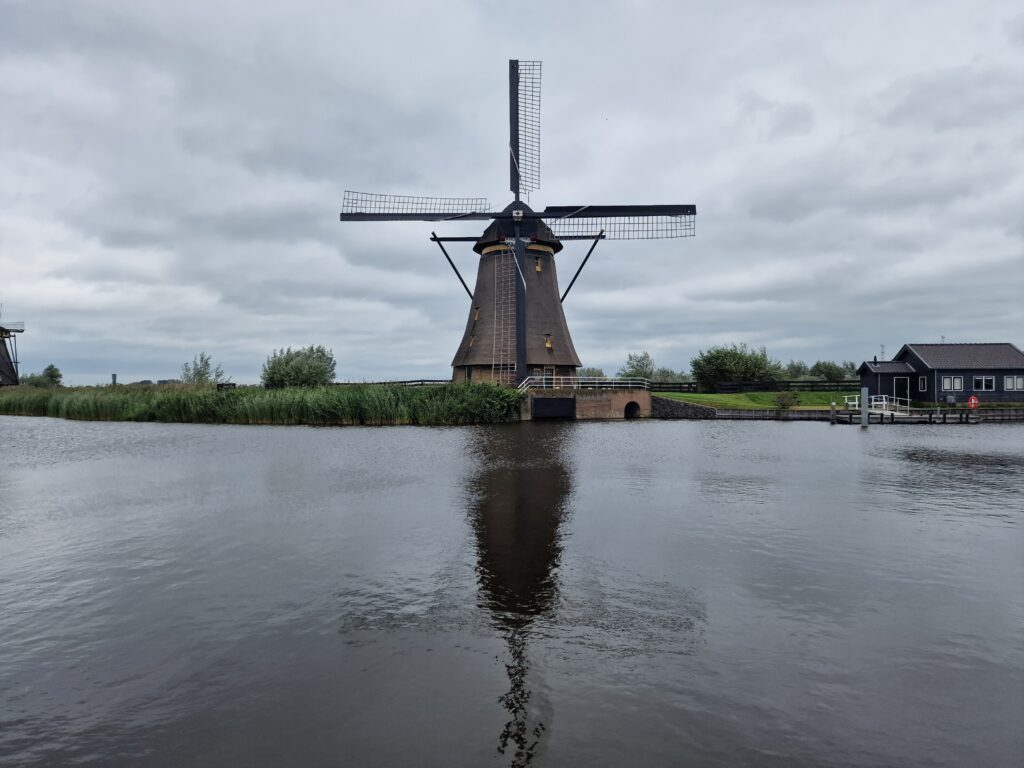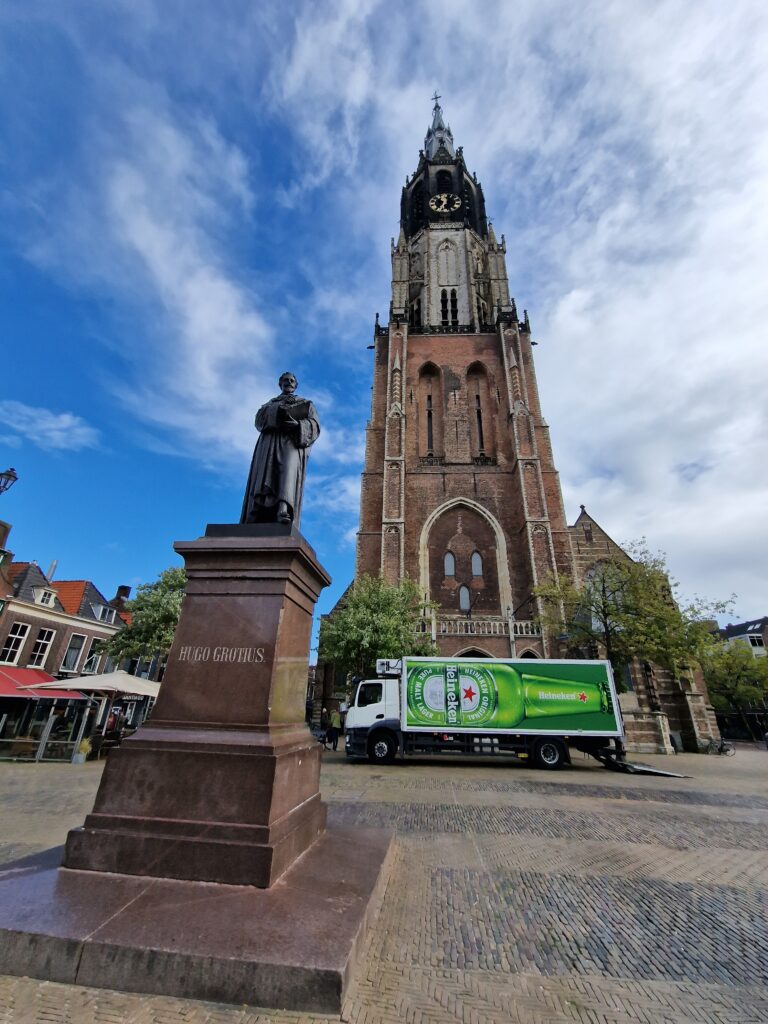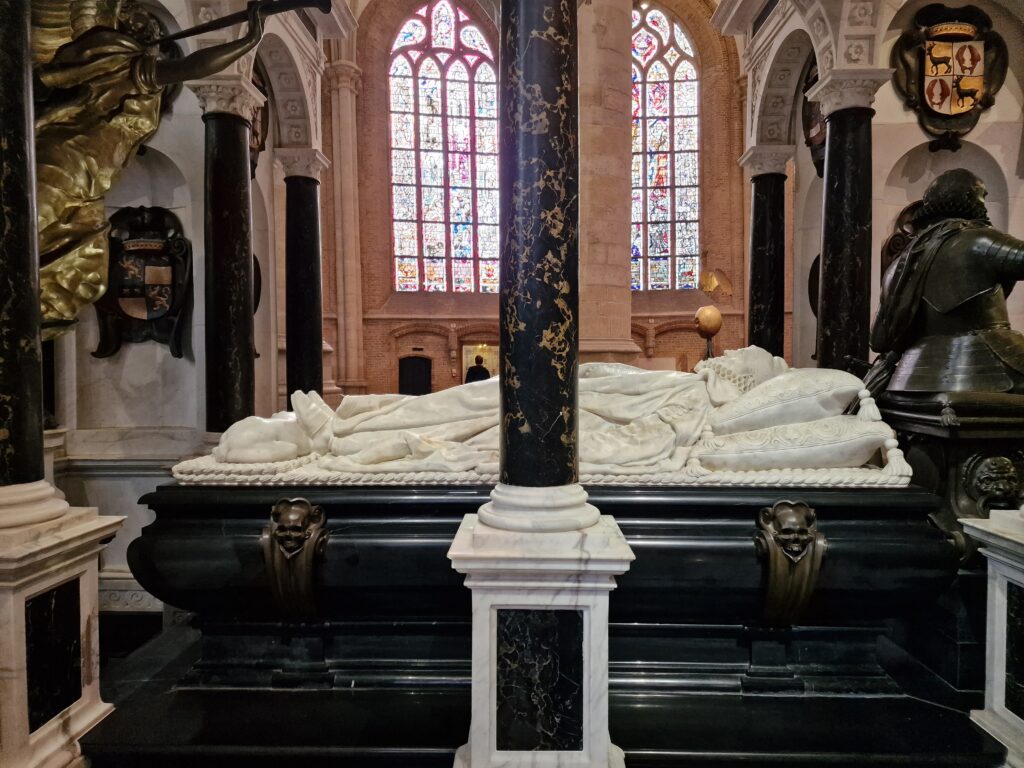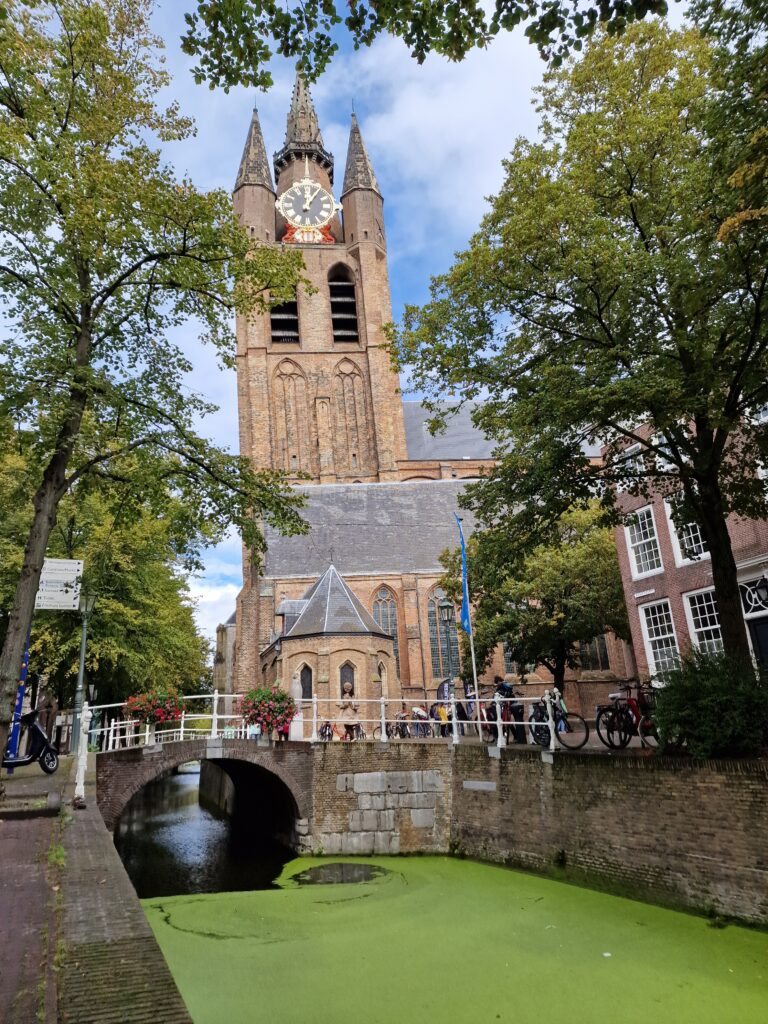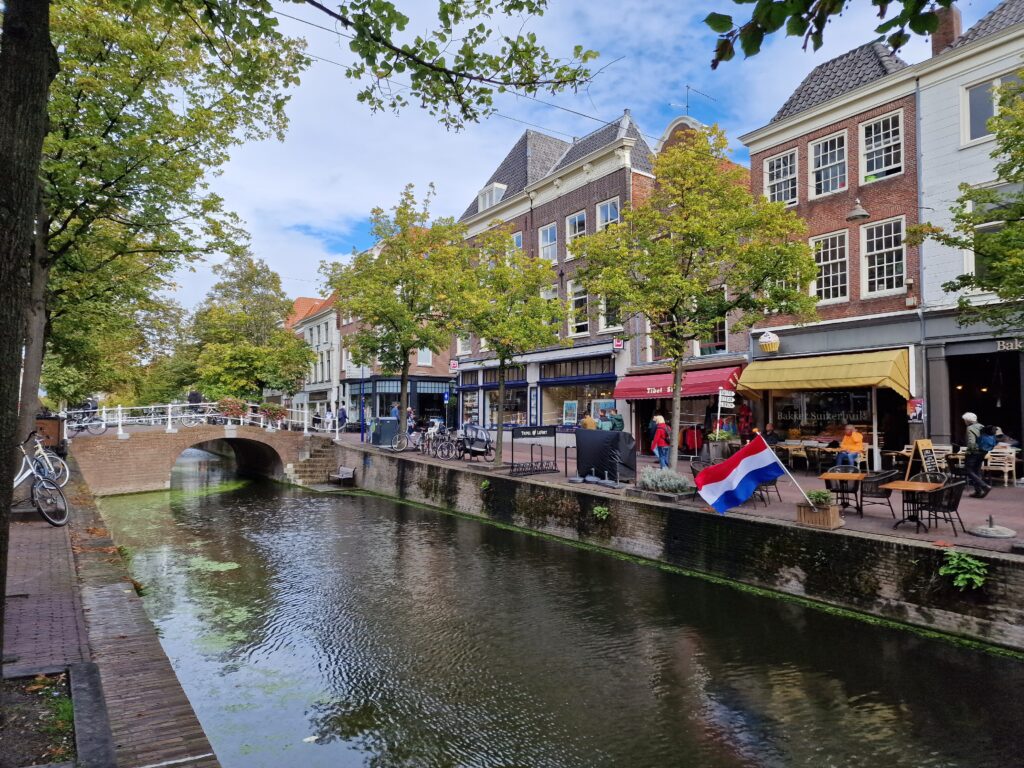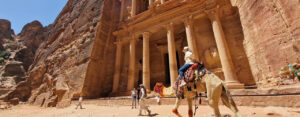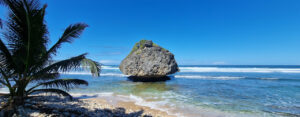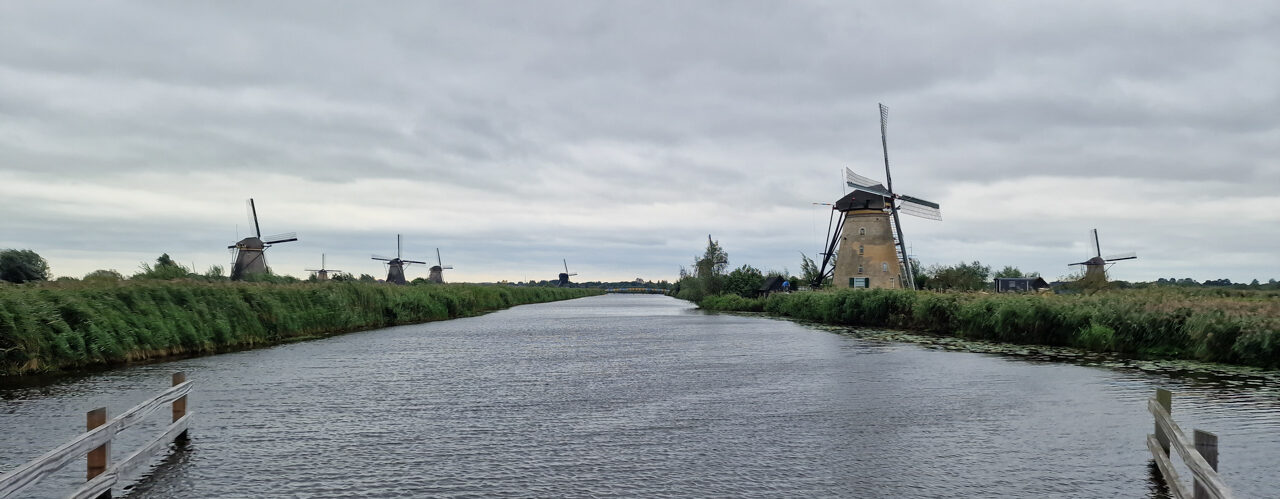
Going Dutch
September 16th, 2023. So commenced our third Autumnal European escapade in as many years as we began our next adventure sipping thimbles of Tesco value Sauvignon Blanc on the speedy LeShuttle deep underneath the English Channel, as has become a tradition. Our first post-lockdown tour, in 2021, tracked the sun-drenched western coastline of Europe around the Iberian Peninsula finishing in glitzy Monaco at Christmas while our second, last year, began in balmy and beautiful Italy before braving the Western Balkans in mid-winter to conclude in Kosovo. With three months in Ireland and Scotland under our belts in between, we now feel like highly seasoned campers, the Harry Maguires of vanlife if you will, and fully prepared for absolutely anything Europe can throw at us. Or so we thought.
This voyage would take in much of Central Europe that has eluded Lowri and me in the past including the Benelux and Bavarian regions as well as a smattering of neighbouring countries. Ten in total with the first being the shortest of hops from the tunnel: The Netherlands. Having hardly had time to dust off our Dutch phrasebook, a completely useless item given the proportion of English speakers in the country (the highest second language percentage in the world), we found ourselves serenely humming The Beautiful South on the streets of Rotterdam. After finding out that singer Paul Heaton wrote it because of his intense hatred of the city we ceased singing and started exploring its old town.
Of which there isn’t as, due to a certain Austrian’s barbaric decision in 1940, absolutely every building bar the cathedral (although this was badly damaged too) was bombed out of existence. Starting the city from scratch meant planners could be more architecturally experimental, an approach which has continued to this day in the shape of brightly coloured cube houses and an enormous market hall unlike anything this side of Vegas. The city also went way up in my estimation upon our visit to Paddy Murphy’s Irish Pub and finding a large flag of every nation represented in the rugby world cup, including Tonga and Namibia no less, proudly hanging up above their terrace apart from that of England. This touch did not go unnoticed and was greatly appreciated.
If sampling historic buildings gets you out of bed in the morning, then you must retreat from within the city limits to Kinderdijk where some of the most historic, and iconic, Dutch structures can be found: windmills. A group of nineteen in total, first constructed in 1738 in order to keep seawater out of the surrounding polder, they form the largest concentration of ancient windmills in the country and have been a UNESCO World Heritage Site since 1997. By chance, they also happened to be within running distance of our overnight parking spot affording us the rare opportunity of jogging around a beloved national treasure without charge. This proved extremely enjoyable until we met a busload of Chinese tourists heading in the opposite direction, turning our jog into more of a scuffle.
As we continued our journey towards the capital, we stopped off at the pocket-sized town of Delft. Primarily known for its blue pottery, unsurprisingly known as Delftware, it was also the birthplace of Johannes Vermeer, the study of microbiology, as well as having important historical connections with the reigning House of Orange. So great are these connections that deceased members of the Dutch monarchy have been buried in the vaults underneath the spectacular Nieuwe Church ever since their rise to power under William back in 1584. They also have a fantastic Subway eatery just opposite the vestibule serving a wide array of sandwich combinations, which I can attest to.
The town itself is precisely what one would draw of a historic Dutch settlement comprising a Mondrian-style pattern of canals and adjacent cobblestone paths that wouldn’t look out of place within an original Vermeer. In fact, Delft was the location of every single one of the Dutch master’s paintings with most set in two small rooms in his canal-side house. After locating his tomb within a smaller church, we officially completed Tripadvisor’s top ten activities in Delft and got back on the road. This time to a location known for its liberalism, vibrant culture, and nightlife. No not Lammas Street on a Friday night but the Dutch capital: Amsterdam.
J



